Chang'e-2
The Chang'E-2 was part of the first phase of the Chinese Lunar Exploration Program, and conducted research from a 100-kilometer-high lunar orbit in preparation for the Chang'E-3 lander and rover. The Chang'E-2 was similar in design to the Chang'E-1 but with some technical improvements, including a more advanced onboard camera. It was launched on October 1, 2010, aiming at similar scientific objectives as the Chang'E-1, i.e. obtaining more precise three-dimensional images of the lunar surface, analyzing and mapping the abundance and distribution of various chemical elements on the lunar surface, probing the features of the lunar soil, and probing the cislunar space environment. Upon accomplishing the original goals and scientific exploration in June 2011, the Chang'E-2 left lunar orbit for the LagrangeL2 point of the Sun-Earth system, to test the Chinese tracking and control network. On 15 April 2012, Chang'E-2 departed from L2 and began a mission to the asteroid 4179 Toutatis, and a flyby was successfully achieved on 13 December 2012. As of 2016, the Chang'E-2 has reached a distance of over 200 million kilometers from Earth.
There are 7 scientific payloads on the Chang'E-2: three-line array charge coupled device stereo camera (CCD), laser altimeter (LAM), X-ray spectrometer (XRS), Gamma-ray spectrometer (GRS), microwave radiometer(MRM), high-energy particle detector (HPD), solar wind detectors (SWID). Full details are given as followed.
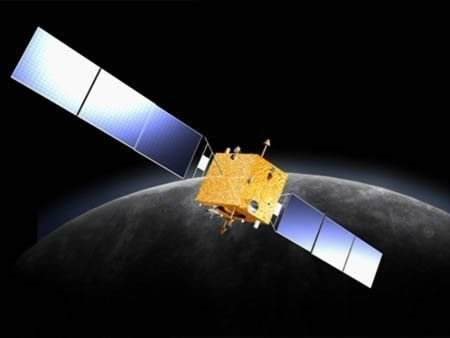
CCD
| The scientific goal of three-line array charge coupled device (CCD) stereo camera is to acquire 3-dimensional mapping of the lunar surface with spatial resolution of 10 meters at orbital altitude of 100 km for morphological and tectonic analyses, as well as for identifying potential landing sites with the resolution of 1.5m at orbital altitude of 15km. |
LAM
| The scientific goal of laser altimeter (LAM) is to obtain the digital elevation model (DEM) of the entire lunar surface with spatial resolution of 7 km, which also helps to improve the positioning of the CCD imaging data. |
XRS
| TThe scientific goal of X-ray spectrometer (XRS) is to obtain the X-ray spectra in the 1KeV~10 keV energy range of the lunar surface materials to estimate the distribution of heavy elements such as Mg, Al and Si. |
GRS
| The scientific goal of Gamma-ray spectrometer (GRS) is to obtain the gamma-ray spectrum in the 0.3~9 MeV energy range of the lunar surface materials to estimate the distribution of heavy elements such as U, Th, K, Fe and Ti. |
MRM
| The scientific goal of microwave radiometer (MRM) is to obtain the lunar brightness temperature at different frequencies, to estimate the thickness of the lunar regolith and to evaluate the lunar. |
HPD
| The scientific goal of high-energy particle detector (HPD) is to obtain the spectra of high energy particles to investigate the spatial and temporal variability of the near-Moon plasma environment. |
SWID
| The scientific goal of solar wind detectors (SWID) is to probe the near-Moon space plasma environment by measuring the energy spectra of protons and ions between 40 eV and 20 keV. |
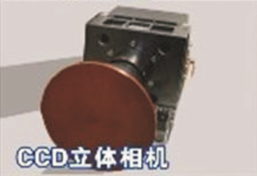
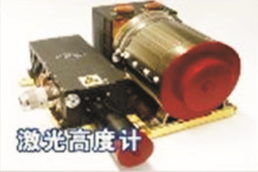
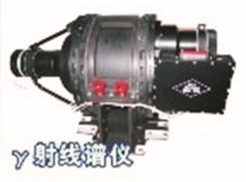
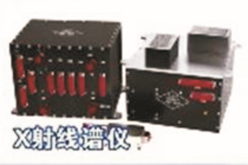
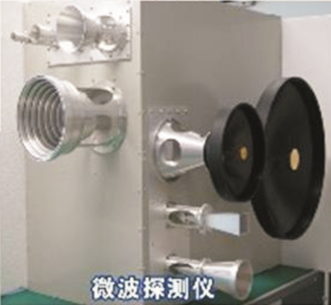
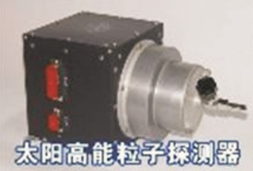
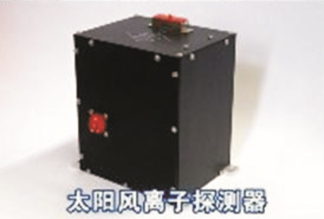
Data Introduction:https://vsso.nssdc.ac.cn/nssdc_en/html/vssolist.html?searchKeywords=Chang%27E-2
Data Access:https://moon.bao.ac.cn/web/enmanager/home